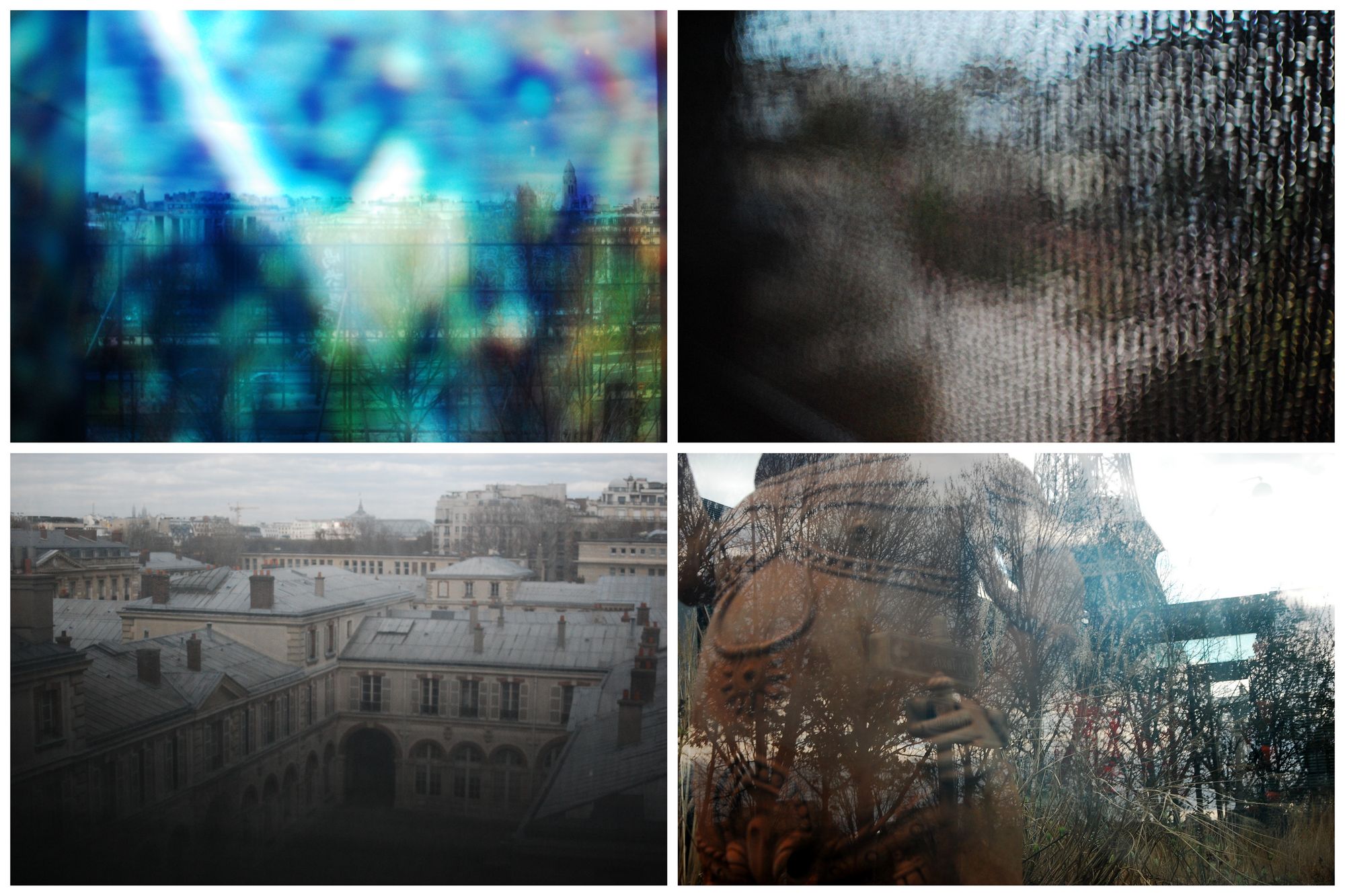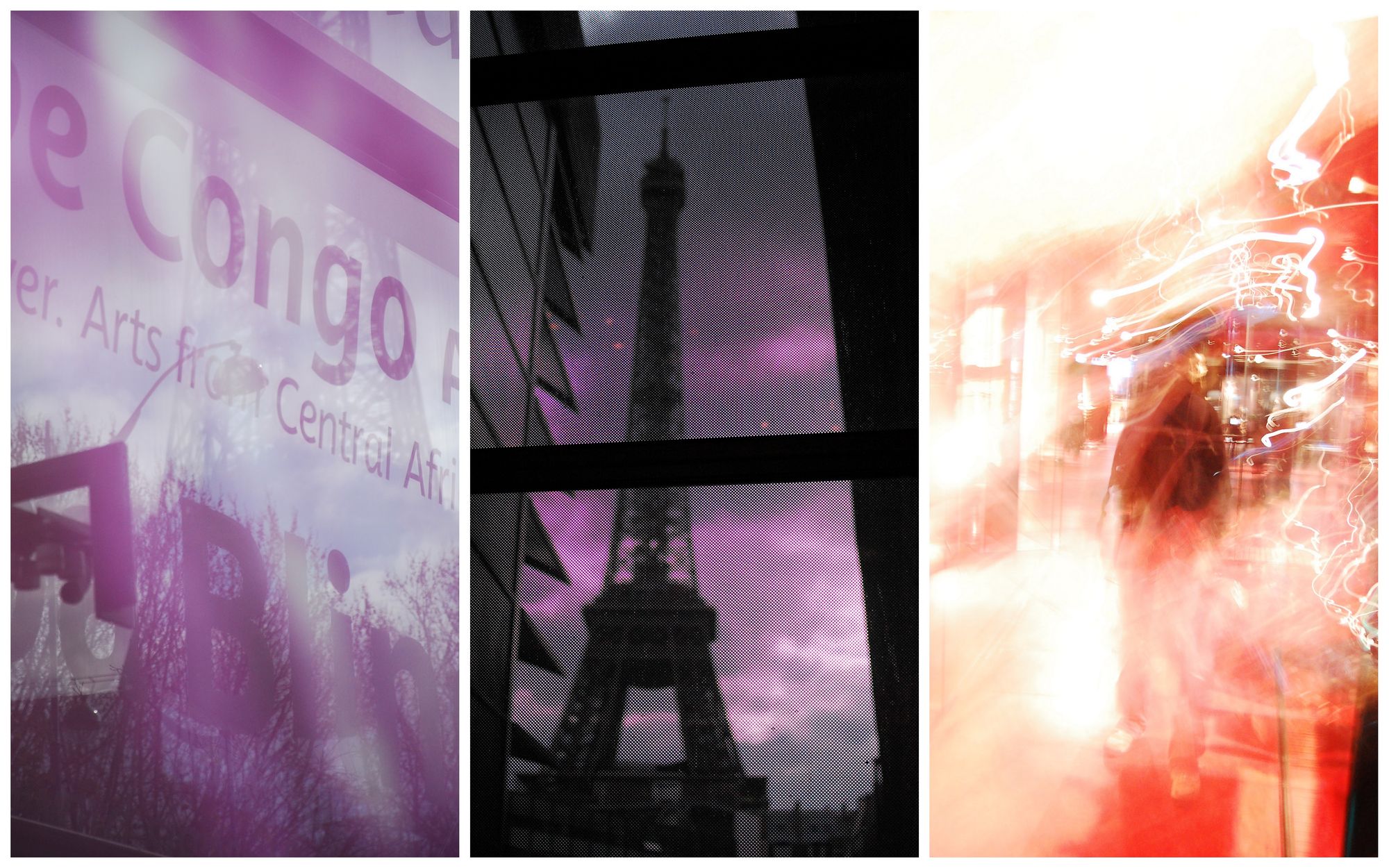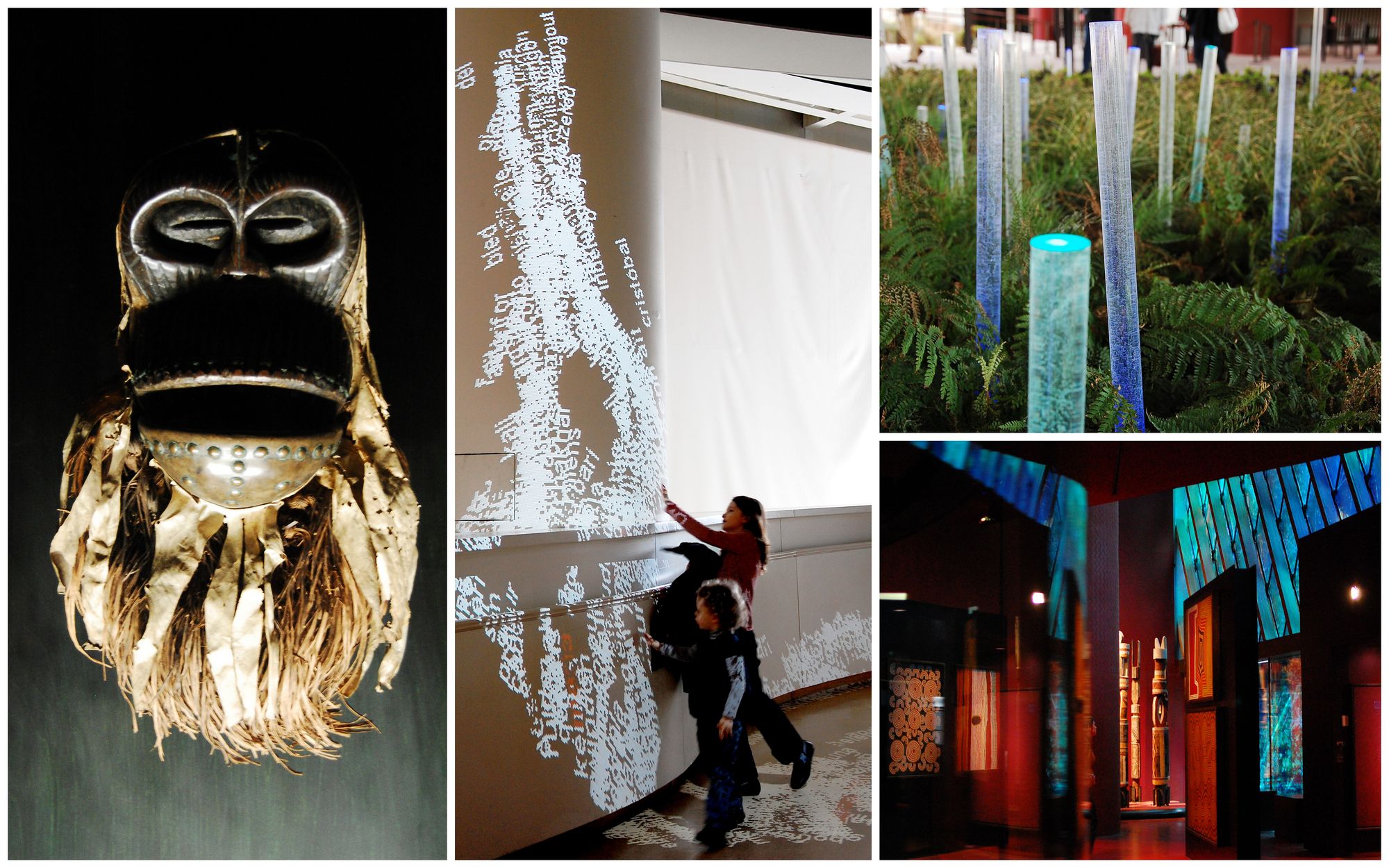

Tasked to capture a museum for a photography class through the Columbia University architecture program in Paris, I chose the Musée du quai Branly. The museum made a profound impact on me when I first visited in January. Feeling disoriented in the dim cavernous interior of the museum, I did not stay long but the architecture and the feeling of being in the space lingered with me for months. On the first visit, I photographed mostly the artifacts encased and suspended in glass cases. On my second visit, I began to decode the disorienting experience of the interior primarily through an exploration of the museum’s use of glass and color.
None of these photographs below are photoshopped or cropped. This is a photo essay of my experience moving through the museum and looking at how perception of the outside world can shift via architecture. My professor, photographer Mark Lyon, who has worked with Louis Vuitton and MGMT, among others, likened the images to a fashion mood board.


The controversy surrounding the Musée du quai Branly is probably encompassed best by two contradictory articles published within five days of each other in the New York Times. Michael Kimmelman finds the “mismatched” building “defiant, mysterious and wildly eccentric.” His harshest critique is possibly of the interior: “Everything about the place gradually discouraged the desire to find out more.” Biting words for a building type intended to educate, showcase and inspire. On the other hand, architecture critic Nicolai Ouroussoff describes the design as “an act of dissent that forces us to feel the world again,” and titles his article “Quai Branly: A Perverse, Magical Space.” Nevertheless, Kimmelman admits that, “Yet for all of its flaws, Jean Nouvel’s building creates a kaleidoscopic montage of urban impressions. And once you give yourself over to the experience, you may find it the greatest monument to French popular culture since the Pompidou.” But what is he insinuating about French popular culture, exactly?

Designed by Jean Nouvel and landscape architects Gilles Clément and Patrick Blanc, the museum has come to represent a debate that far supersedes questions of architecture or aestheticism. Some saw it as Chirac’s monument to himself, others criticized the cultural insensitivity surrounding the words “primitive” and “Other” to describe the non-Western collection (seeing it as a manifestation of France’s struggle with identity and nationalism), while others felt it was an example of the “star-chitect” Nouvel taking things a little too far.
As far as my own analysis? I can only comment on the architecture, but I think a space that encourages re-evaluation of what was once perceived to be fixed and static is worthy of commendation. And although Nouvel deliberately wanted to separate the collection from Western values, he nonetheless creates a reverse commentary (whether deliberate or not) on the urban exterior.
Check it our for yourself at:
37, quai Branly, near the Eiffel Tower
Metro: M9 to Alma-Marceau or RER C to Pont de L’Alma
Get in touch with the author @untappedmich.


